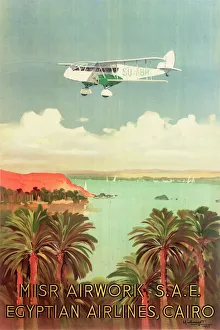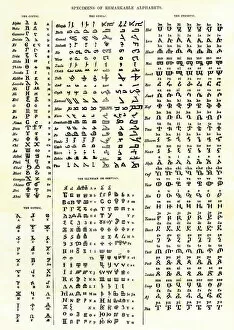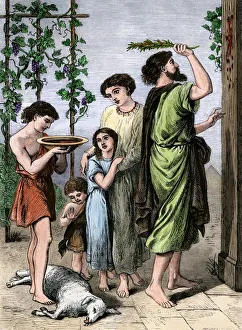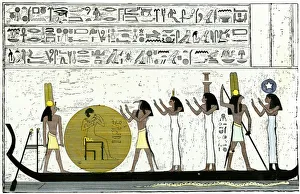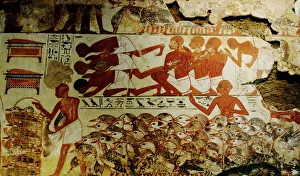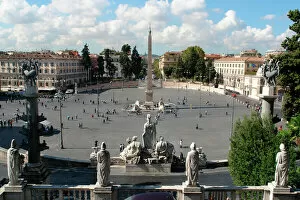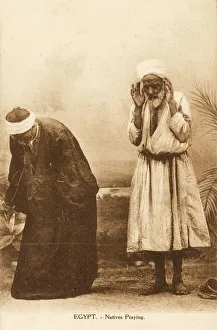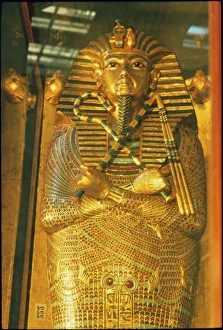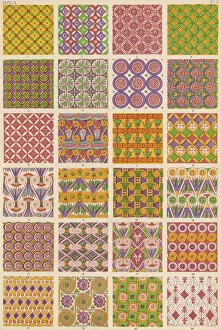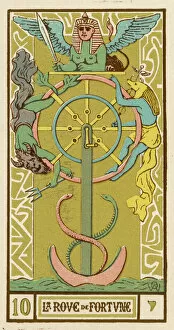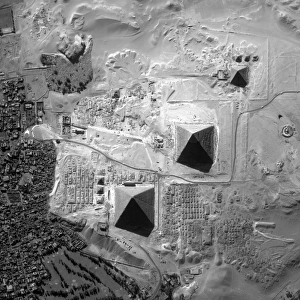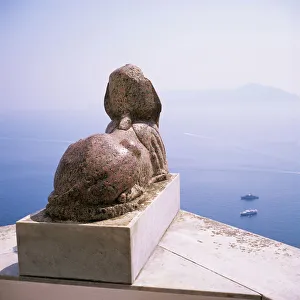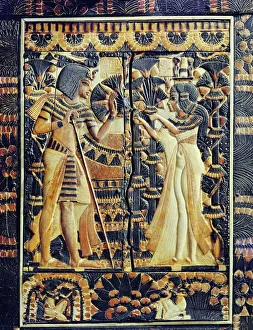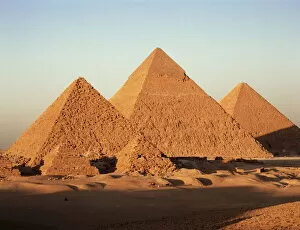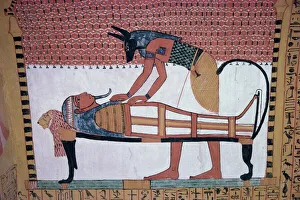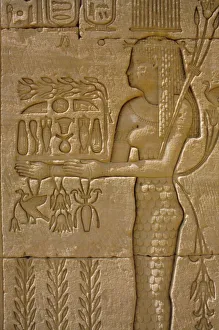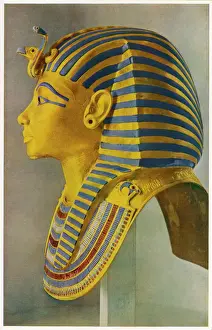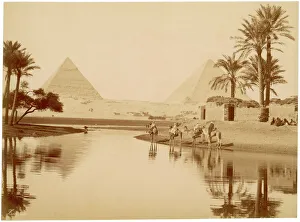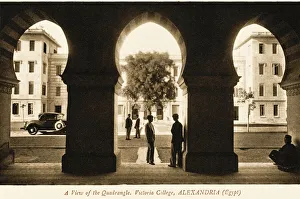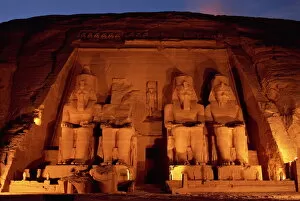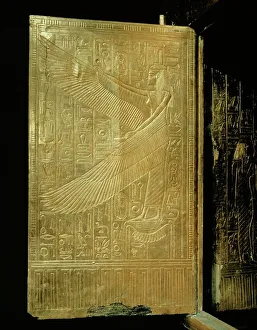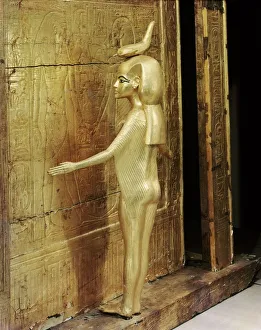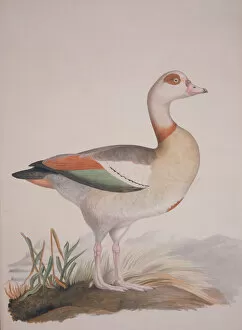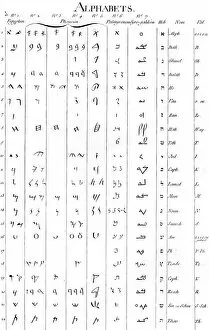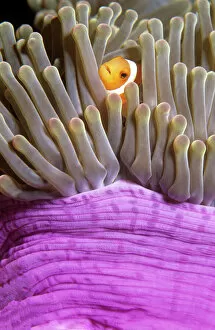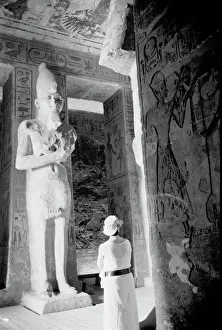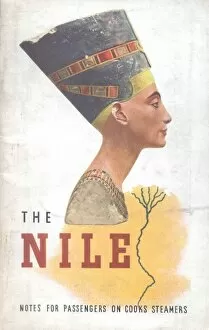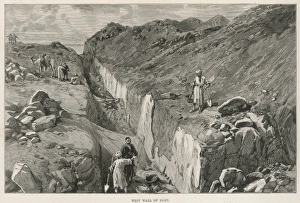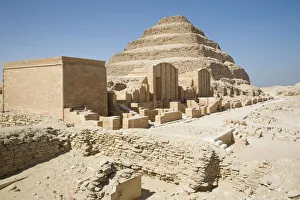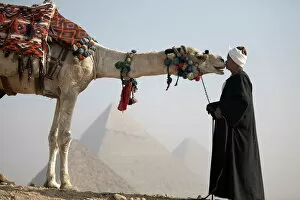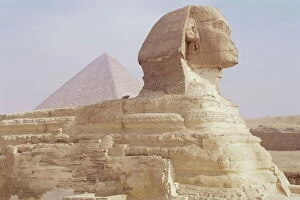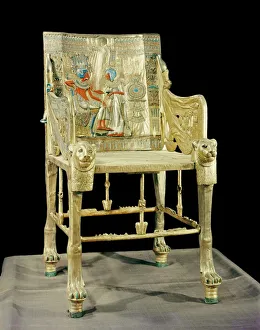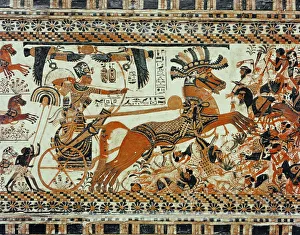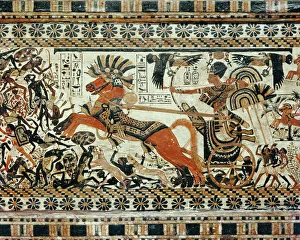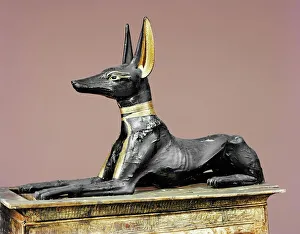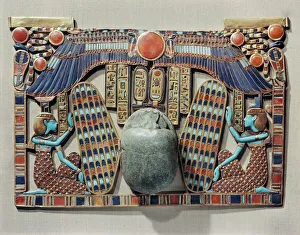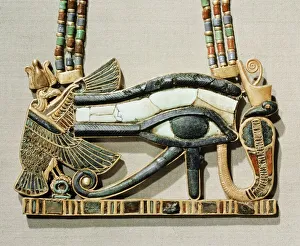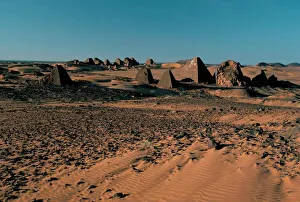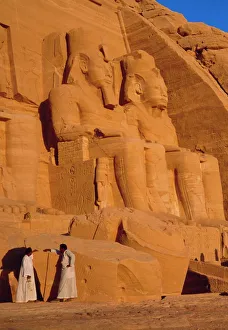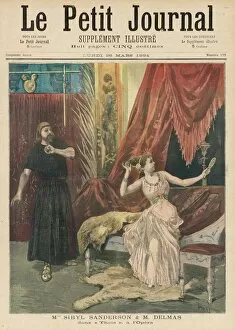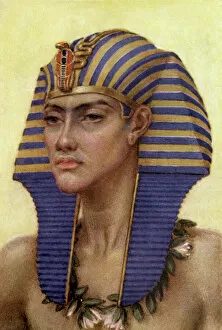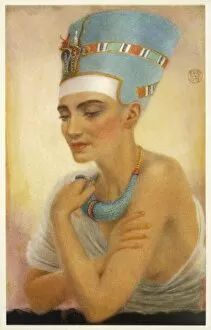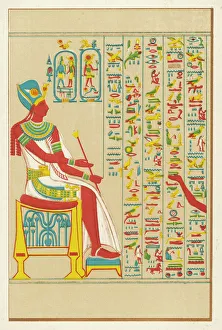Egyptian Collection (page 2)
"Unveiling the Mysteries of Ancient Egypt: A Journey through Time and Art" Step into the enchanting world of ancient Egypt
For sale as Licensed Images
Choose your image, Select your licence and Download the media
"Unveiling the Mysteries of Ancient Egypt: A Journey through Time and Art" Step into the enchanting world of ancient Egypt, where history comes alive through captivating artifacts and breathtaking art. Wilson, Keppel & Betty in Horace Shepherds' "A Ray of Sunshine" (1950) may have brought joy to audiences, but it is the treasures from this land that truly mesmerize. Behold the iconic Gold mask of Tutankhamun at the Egyptian Museum in Cairo, a symbol of opulence and power that has fascinated generations. Across continents, The Rosetta Stone stands proudly at the British Museum in London, bridging language barriers and unlocking secrets from antiquity. Egyptian art tells stories like no other. The Nefertiti bust showcases exquisite craftsmanship on limestone and stucco, while a relief depicts Akhenaten, Nefertiti, and their three children with an ethereal beauty that transcends time. Delve into spirituality with the Book of the Dead or Papyrus of Any (ca. 1275), offering insights into ancient beliefs about life after death. The mural from Nebamun's tomb-chapel near Thebes transports us back to 1350-1400 BC as we witness scenes depicting daily life along the Nile River. Marvel at Tutankhamun's intricately designed mask - a testament to artistic mastery combined with reverence for departed pharaohs. From temples to marshes, Egyptian landscapes come alive through artistry carved in stone. Admire Sekhmet's fierce yet elegant bas-relief at Temple Seti I in Abydos or encounter Bes – protector against evil spirits – within Dendera's temple walls. To fully appreciate this civilization’s grandeur, explore an ancient map revealing Egypt’s strategic location along Africa’s northeastern coast; its fertile lands nurtured by mighty Nile waters ensured prosperity for centuries.

